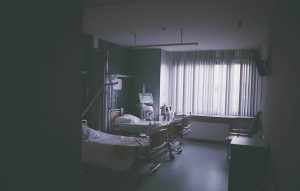 If you have an elderly loved one who currently resides in an Escondido nursing home or assisted living facility (or anywhere else in San Diego County), it is important to properly assess the risks of elder abuse and neglect. According to a recent report from NPR, particularly serious cases of nursing home abuse may go unreported. We know that many seniors sustain severe injuries as a result of nursing home abuse and neglect, and that there are likely many more cases that occur than are reported.
If you have an elderly loved one who currently resides in an Escondido nursing home or assisted living facility (or anywhere else in San Diego County), it is important to properly assess the risks of elder abuse and neglect. According to a recent report from NPR, particularly serious cases of nursing home abuse may go unreported. We know that many seniors sustain severe injuries as a result of nursing home abuse and neglect, and that there are likely many more cases that occur than are reported.
Federal Report Raises Concerns About Severe Cases of Nursing Home Abuse and Neglect
Based on information contained in an alert from the Office of Inspector General in the Department of Health and Human Services (HHS), however, that number might be even higher than some commentators have feared. According to the NPR report, the alert noted that “cases went unreported despite the fact that state and federal law require that serious cases of abuse in nursing homes be turned over to the police.” Investigators with HHS emphasized that the alert was issued in order to demand “immediate fixes.”
 California Nursing Home Abuse Lawyer Blog
California Nursing Home Abuse Lawyer Blog















